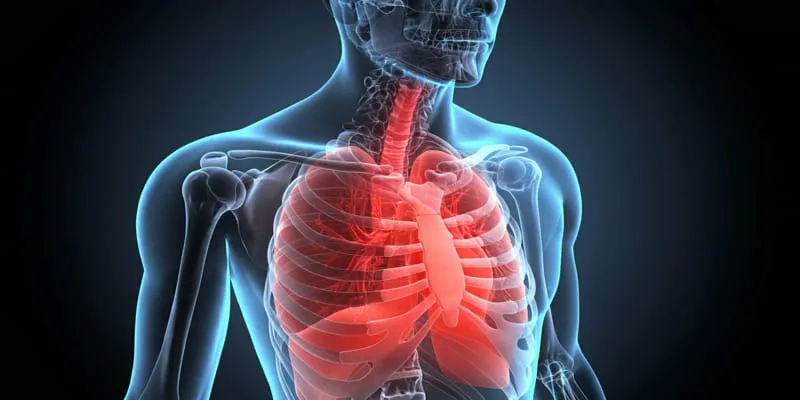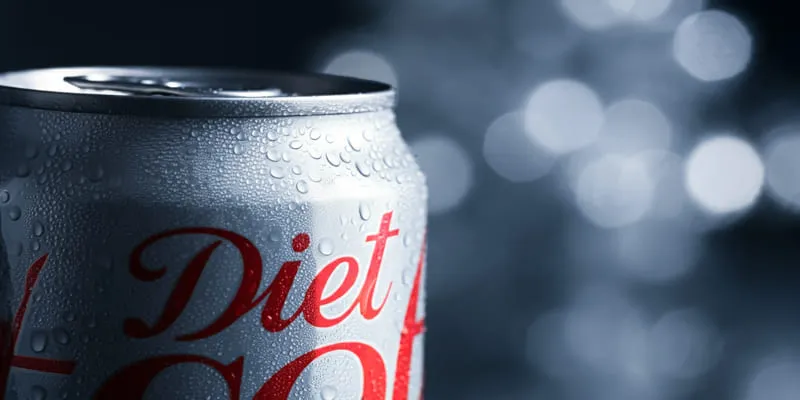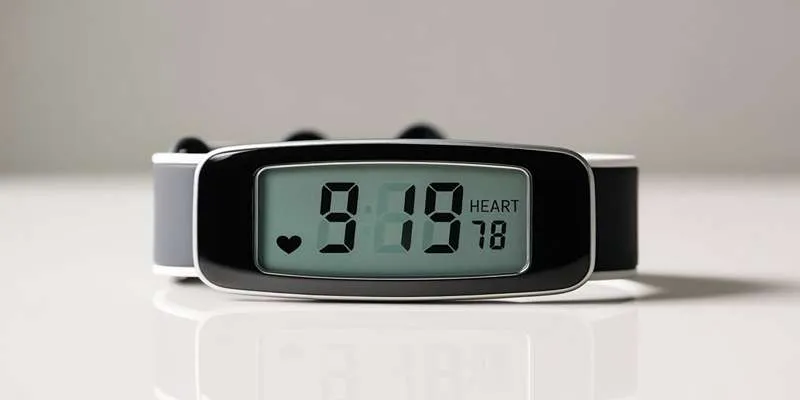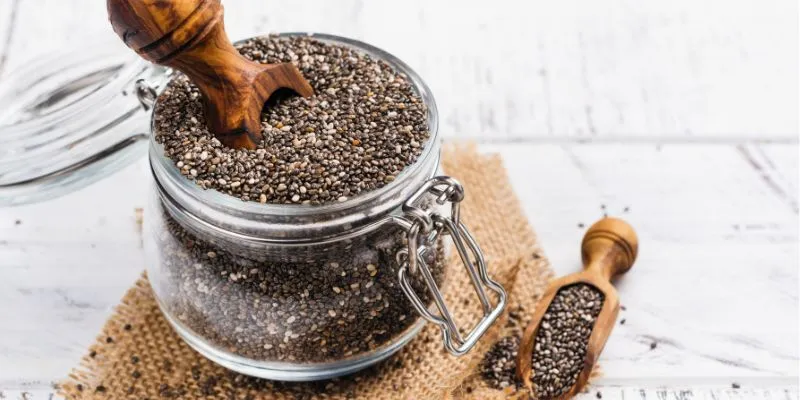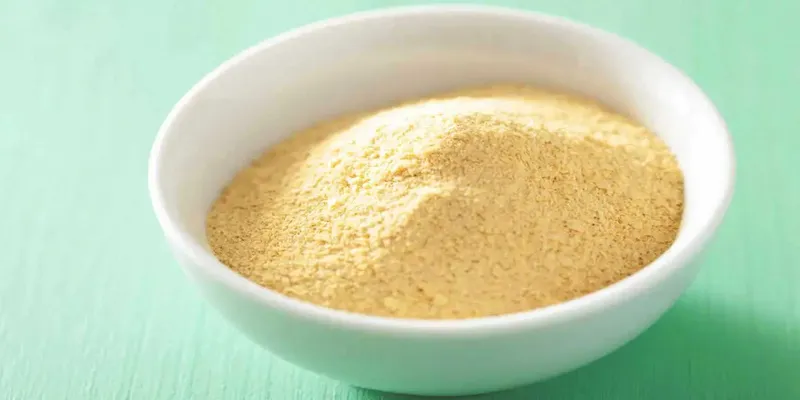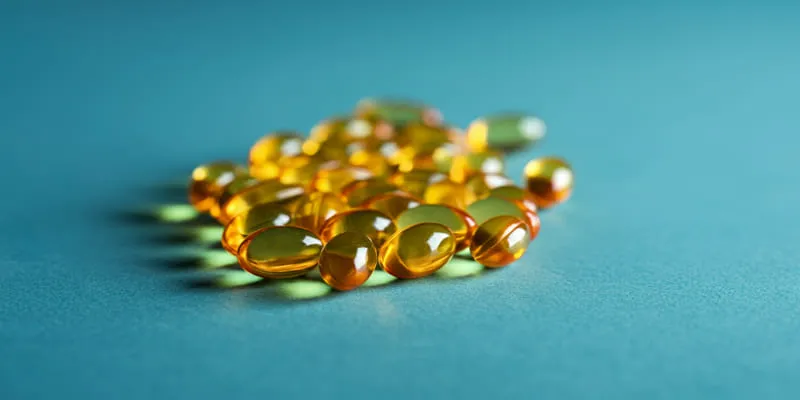Everyday Foods are Top 10 Sources of Sodium
Do you know where the hidden sodium is in your daily diet? You might be surprised to discover that many common foods you consume daily are top contributors to sodium intake for the average American. Sodium sneaks into your meals through almost anything, from breakfast to lunchtime favorites. It’s essential to be aware of these everyday culprits to effectively manage sodium intake for heart health.
Understanding Sodium in Our Diets
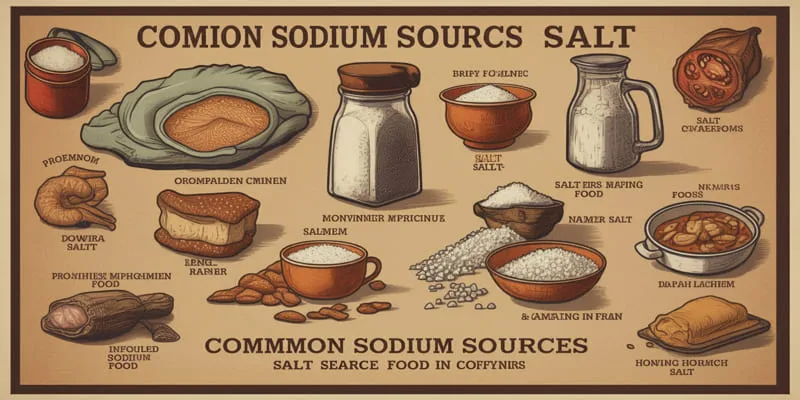
Sodium is an essential mineral, yet the majority of Americans consume far more than they require, which can lead to significant health issues. Let’s examine the importance of sodium and why we should be concerned about our intake.
The Role of Sodium in Our Bodies
Sodium is essential in maintaining the right amount of water in the body and facilitating nerve and muscle functions. As an electrolyte, it helps regulate fluid levels and blood pressure. While the human body requires sodium for proper functioning, it is surprisingly minimal—approximately 500 mg daily.
Recommended Intake vs. Reality
Dietary Guidelines for Americans recommend limiting sodium intake to less than 2,300 milligrams per day. However, the average American consumes about 3,400 milligrams daily, exceeding the recommended amount. Most of this excess comes from processed and prepared foods, not from the salt shaker on our tables.
Health Risks of High Sodium Consumption
Consuming too much sodium can lead to several health problems:
- High blood pressure (hypertension)
- Increased risk for heart disease and stroke
- Kidney disease
- Osteoporosis
Reading Labels and Making Informed Choices
To control your sodium intake effectively, become a savvy label reader. While shopping, look for key phrases like “low sodium,” “reduced sodium,” and “no salt added.” Be cautious: even canned vegetables or soups, often considered healthy options, can be unusually high in sodium. Understanding food labels helps you make informed choices aligned with your health goals.
Top 10 Everyday Foods High in Sodium
When it comes to managing your sodium intake, awareness is key. Many common foods you consume daily might contribute more salt than you realize. Let’s explore the top 10 everyday foods that are surprisingly high in sodium.
- Bread and Rolls
You may be surprised to hear that bread is a high source of sodium in American diets. Considering that one slice alone does not seem that salty, it adds up to a large dose when one considers eating multiple servings daily.
- Pizza
Most people consider pizza to be comfort food, but its crust, cheese, tomato sauce, pepperoni, and sausage contribute significantly to its high salt content.
Sandwiches and Burgers
These are convenient but often packed with sodium. The bread, condiments, cheese, and processed meats add up, making sandwiches and burgers significant contributors to daily sodium intake.
Cold Cuts and Cured Meats
Deli meats, bacon, and sausages are high in sodium. Most of these foods are cured or processed with salt for flavor and preservation.
Soup
While often perceived as a healthy choice, many soups—even homemade ones—are high in sodium. Many canned and restaurant soups are particularly high in sodium.
Cheese
While cheeses are rich in calcium and protein, many are also high in sodium. Processed cheese products are generally saltier than natural cheeses.
Prepared Dinners and Packaged Foods
Convenience foods, such as frozen dinners, boxed meal kits, and other packaged foods, often contain high quantities of sodium as a preservative and flavor enhancer.
Savory Snacks
Chips, pretzels, crackers, and other salty snacks can significantly add to your regular intake.
Condiments and Sauces
Condiments and sauces, such as ketchup, soy sauce, and salad dressings, are also high in sodium. Small portions can lead to excessive intake.
Breakfast Cereals
Although not customarily considered salty, many breakfast cereals contain surprising amounts of sodium. It is important to check labels, even for foods you wouldn’t expect to be high in salt.
Surprising Sources of Sodium You Didn’t Know About
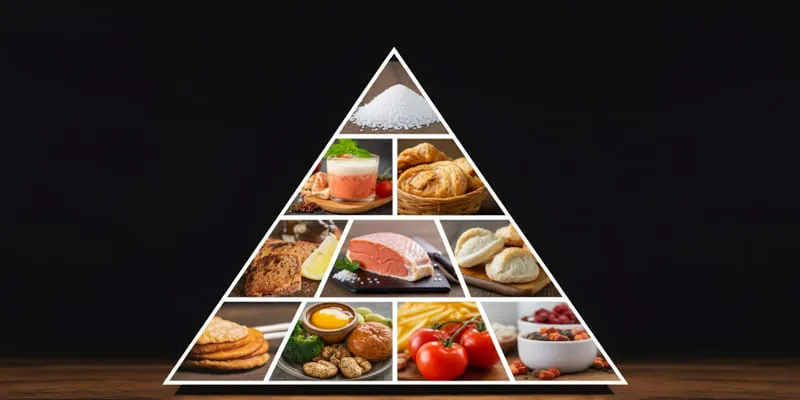
When thinking of sodium, usual suspects like potato chips and pretzels often come to mind. However, many unexpected foods can significantly contribute to your daily sodium consumption without you even realizing it. Let’s explore some of these hidden sodium sources lurking in your diet.
Bread and Baked Goods
You might be surprised to learn that your morning toast or lunchtime sandwich could be a significant source of sodium. Many commercial breads and baked goods contain sodium not just for flavor but also as a preservative. A single slice of bread can contain anywhere from 80 to 230 milligrams of sodium, which may soon increase if you eat many servings throughout the day.
Breakfast Cereals
While cereals are often touted as healthy breakfast foods, many types can be a real sodium bomb. Some varieties can have as much as 300 milligrams of sodium in a single serving. Pay close attention to labels and choose low-sodium options when available.
Cottage Cheese
Surprising sodium culprits include dairy products such as cottage cheese. Rich in protein and calcium, cottage cheese can also be high in sodium, up to 400 milligrams per half-cup serving. As a result, one should monitor portion sizes and look for lower-sodium options if one is on a diet.
Vegetable Juices
You might think consuming vegetable juice is a healthy choice, but many store- bought vegetable juices are astoundingly high in sodium. For some varieties, a serving size of only one cup contains 600 milligrams of sodium. Always check the labels and opt for fresh juices or low-sodium versions when possible.
Conclusion
While making dietary decisions, be aware of the sources of hidden sodium in common foods. Reading labels, cooking at home, and using fresh ingredients will help you decrease your sodium intake and support overall heart health.
